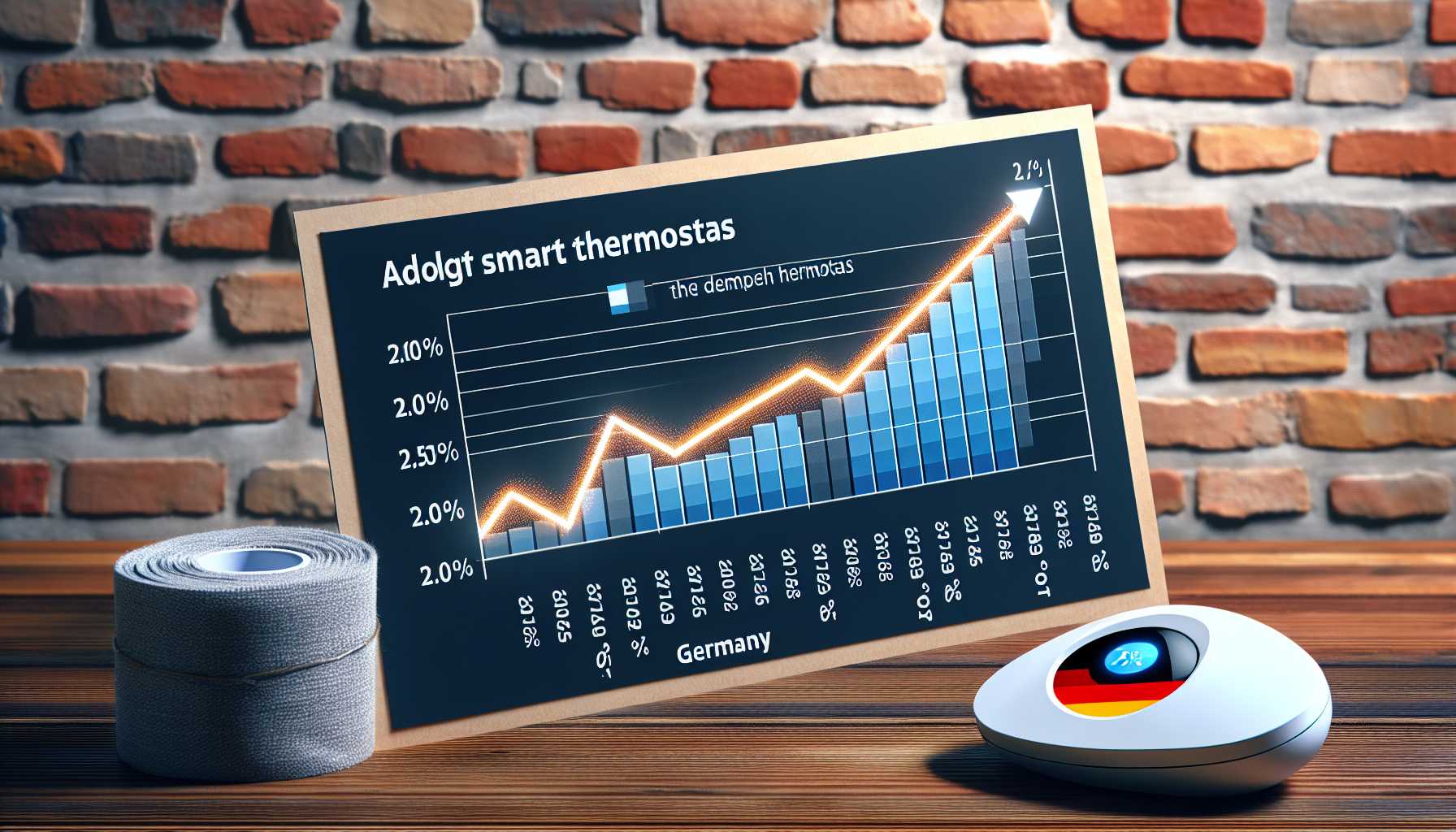Smart Thermostat Adoption Rate in Germany: A Comprehensive Overview

Smart Thermostats: Revolutionizing Home Energy Management
Smart thermostats are revolutionizing home energy management, offering homeowners a convenient and efficient way to control their heating and cooling systems. But how widespread are they in Germany? Let’s delve into the data and explore the current adoption rate of smart thermostats in German households.
Current Adoption Rate
According to a recent study by the German Federal Ministry for Economic Affairs and Climate Action, approximately 10% of German households had installed a smart thermostat as of 2022. This represents a significant increase from previous years, indicating a growing trend towards smart home technology in the country.
Factors Driving Adoption
Several factors are contributing to the rising adoption of smart thermostats in Germany:
- Energy efficiency: Smart thermostats can help homeowners save energy by automatically adjusting heating and cooling settings based on occupancy and preferences. This can lead to significant reductions in energy consumption and associated costs.
- Convenience: Smart thermostats offer remote control capabilities, allowing users to adjust their home’s temperature from anywhere using a smartphone or tablet. This provides greater flexibility and convenience, especially for busy individuals.
- Government incentives: The German government offers financial incentives to encourage the adoption of energy-efficient technologies, including smart thermostats. These incentives make smart thermostats more affordable and accessible to a wider range of homeowners.
Regional Variations
The adoption rate of smart thermostats varies across different regions in Germany. Urban areas tend to have higher adoption rates than rural areas, likely due to greater access to technology and higher disposable incomes. Additionally, some states offer additional incentives for smart home technologies, further boosting adoption in those regions.
Future Outlook
The adoption of smart thermostats in Germany is expected to continue growing in the coming years. As technology advances and costs decrease, smart thermostats are becoming increasingly accessible to a wider range of consumers. Additionally, government policies and initiatives aimed at promoting energy efficiency are likely to further drive adoption.
Conclusion
Smart thermostats are gaining traction in German households, offering homeowners a convenient and energy-efficient way to manage their home’s climate. With increasing adoption rates and a positive outlook for the future, smart thermostats are poised to play a significant role in shaping the future of home energy management in Germany.
